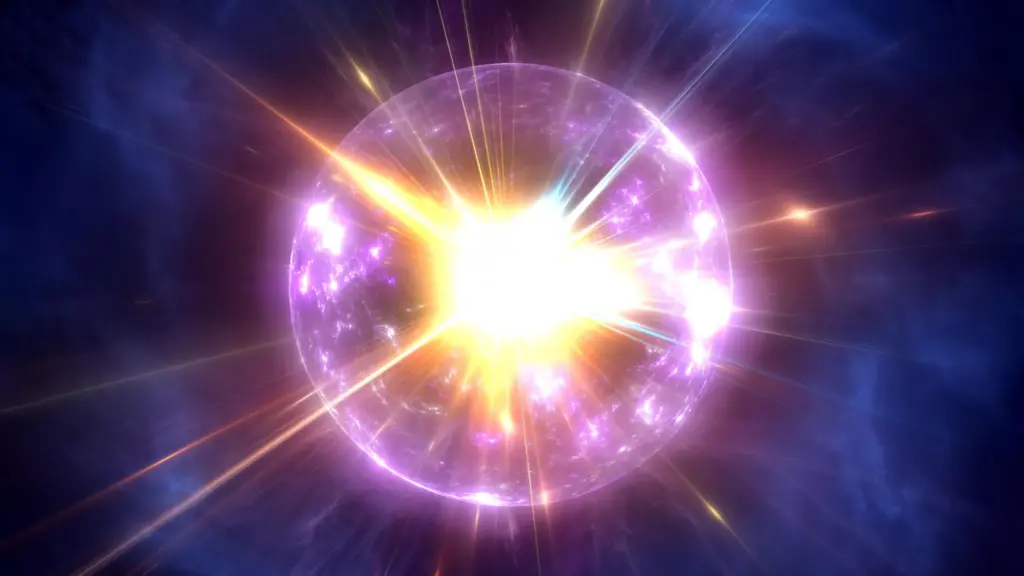
A groundbreaking study from the University of Ottawa proposes a revolutionary theory that may eliminate the need for dark matter and dark energy in our understanding of the universe. This research, led by Rajendra Gupta, an Adjunct Professor in the Department of Physics, suggests that these elusive components, long considered fundamental to cosmology, may simply be byproducts of the universe’s evolving physical forces.
For decades, scientists have operated under the assumption that dark matter and dark energy constitute approximately 95% of the universe. The prevailing view has been that dark matter is responsible for the gravitational effects observed in galaxies, while dark energy drives the accelerated expansion of the cosmos. The new research challenges these notions, suggesting instead that the variations in the fundamental forces of nature could account for the phenomena attributed to dark matter and dark energy.
Revising Cosmic Principles
Professor Gupta explains that as the universe expands, the fundamental forces, including gravity, may gradually weaken. This change gives the illusion of an unseen force pushing the universe apart, commonly referred to as dark energy. Additionally, variations in these forces at different scales might create the effects typically ascribed to dark matter.
“The universe’s forces actually get weaker on average as it expands,” Gupta states. “This weakening makes it look like there’s a mysterious push making the universe expand faster. However, within galaxies and galaxy clusters, the variations in these forces result in additional gravity, which has been considered due to dark matter. These might just be illusions, emergent from the evolving constants that define the strength of the forces.”
According to the study, there are two significant phenomena that dark matter and dark energy are called upon to explain: the cosmological scale, which encompasses structures larger than 600 million light-years, and the astrophysical scale, which deals with the lumpy and direction-dependent structure of the universe. Gupta asserts that their model uniquely addresses both scenarios with a single equation, eliminating the necessity for dark matter and dark energy.
A New Framework for Understanding Galaxies
Gupta’s earlier work focused on the cosmic scale, where he questioned the existence of dark matter. The latest research extends this inquiry to smaller scales, particularly galaxy rotation. In this new model, a variable parameter known as α emerges when the coupling constants—quantities that describe the strength of fundamental forces—are allowed to change. This α term acts as a crucial element in gravitational equations, replicating effects traditionally explained by dark matter and dark energy.
At larger scales, α is treated as a constant, such as when using supernova data. However, locally within galaxies, α varies based on the distribution of ordinary matter like stars, gas, and black holes. In areas with a high density of matter, the effect is diminished; in contrast, in less dense regions, the effect intensifies. This model provides a natural explanation for why stars in the outer regions of galaxies move faster than expected without the need for unseen dark matter halos.
Gupta’s approach also addresses longstanding questions in astronomy regarding the rapid formation of massive galaxies in the early universe. “With our model, you don’t need to assume any exotic particles or break the rules of physics,” he notes. By effectively extending the timeline of the universe’s development, the theory suggests that the universe’s age may nearly double, allowing for the formation of massive structures shortly after the Big Bang.
This innovative theory could significantly reshape our understanding of the cosmos. Gupta posits that the extensive search for dark matter particles, which has cost billions of dollars, may ultimately be unnecessary. Even if such exotic particles were discovered, they would only represent about six times the mass of ordinary matter.
“Sometimes, the simplest explanation is the best one,” Gupta concludes. “Maybe the universe’s biggest secrets are just tricks played by the evolving constants of nature.”
The research, titled “Testing CCC+TL Cosmology with Galaxy Rotation Curves,” has been published in the peer-reviewed journal Galaxies. This study invites a re-examination of fundamental cosmological principles, potentially transforming the way scientists understand the universe.







